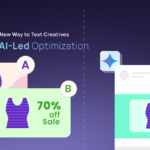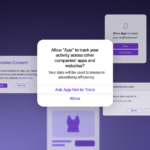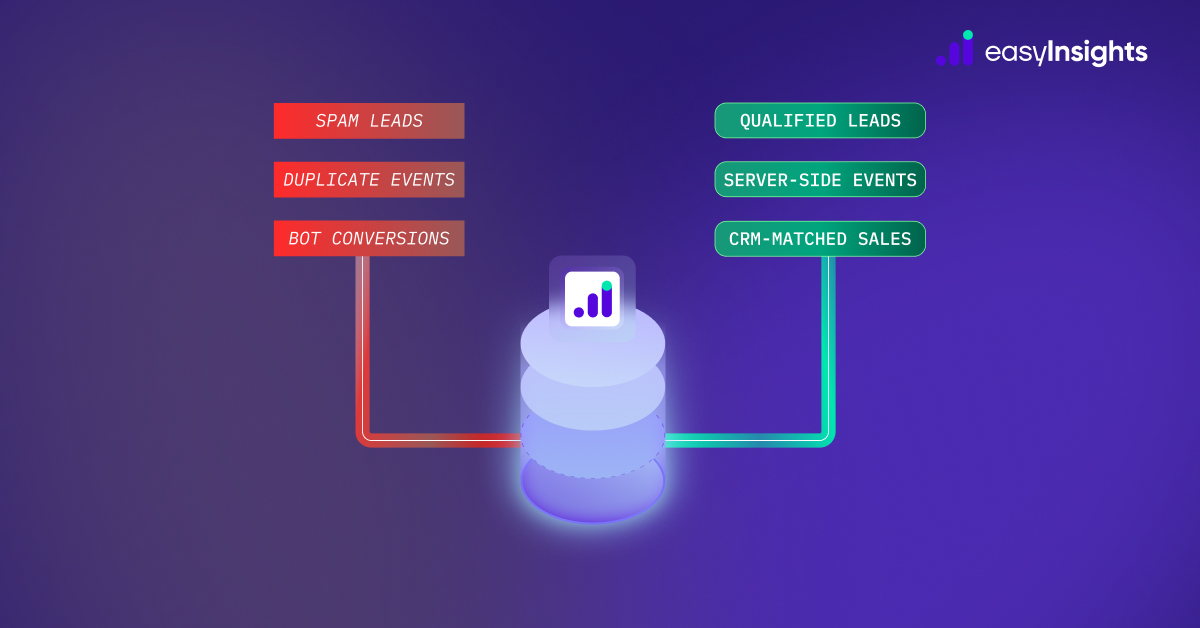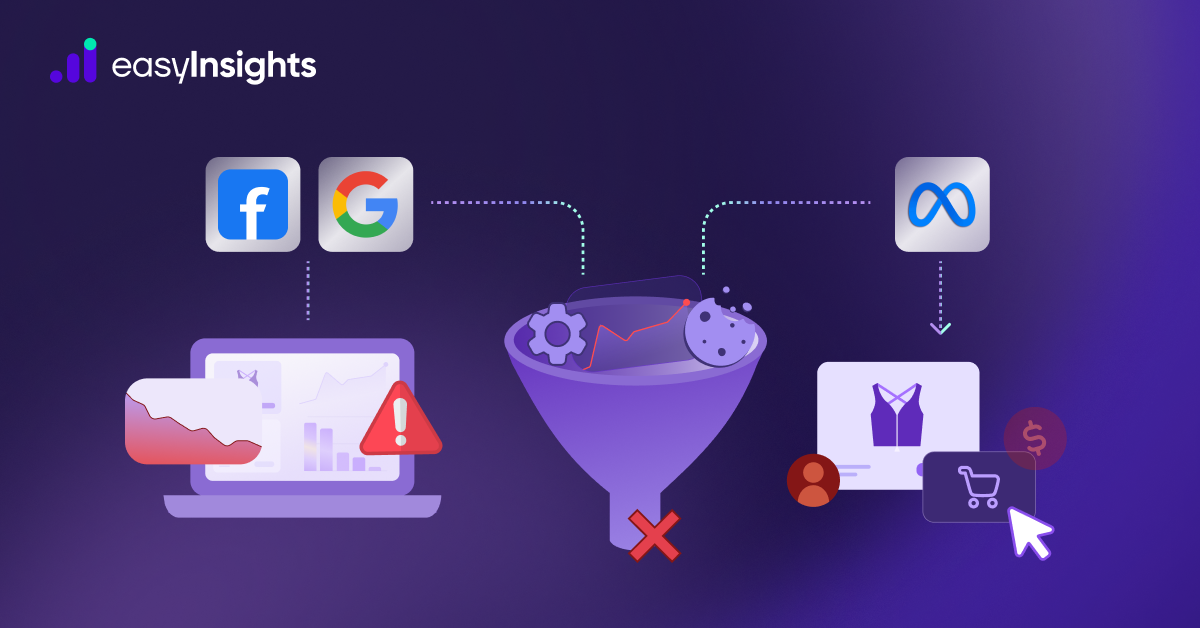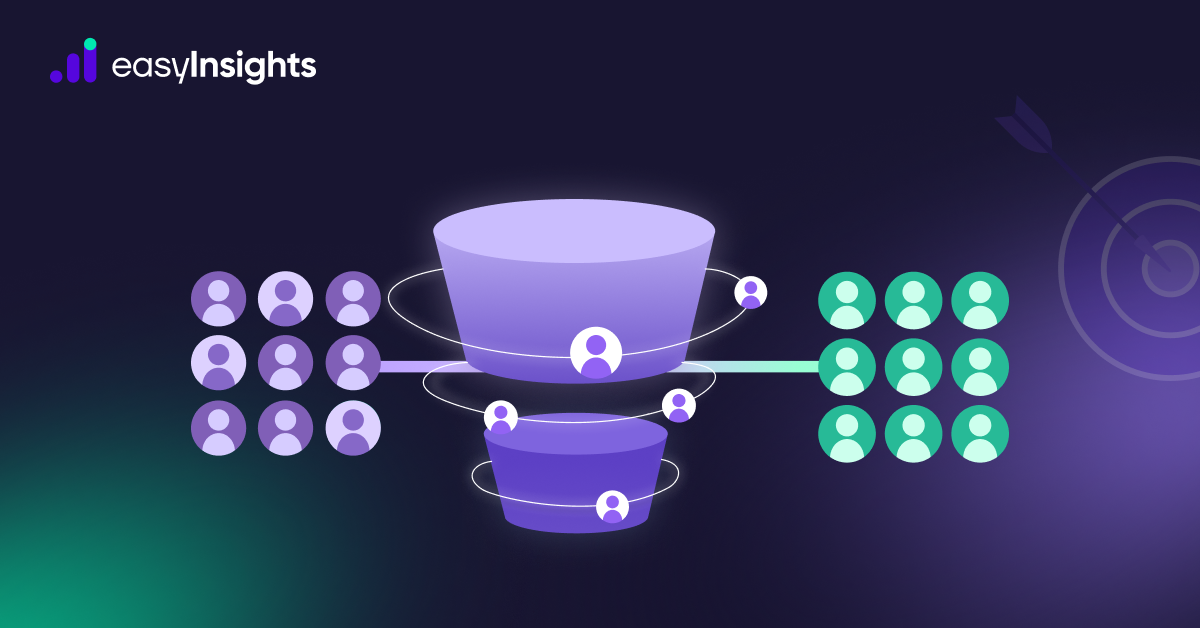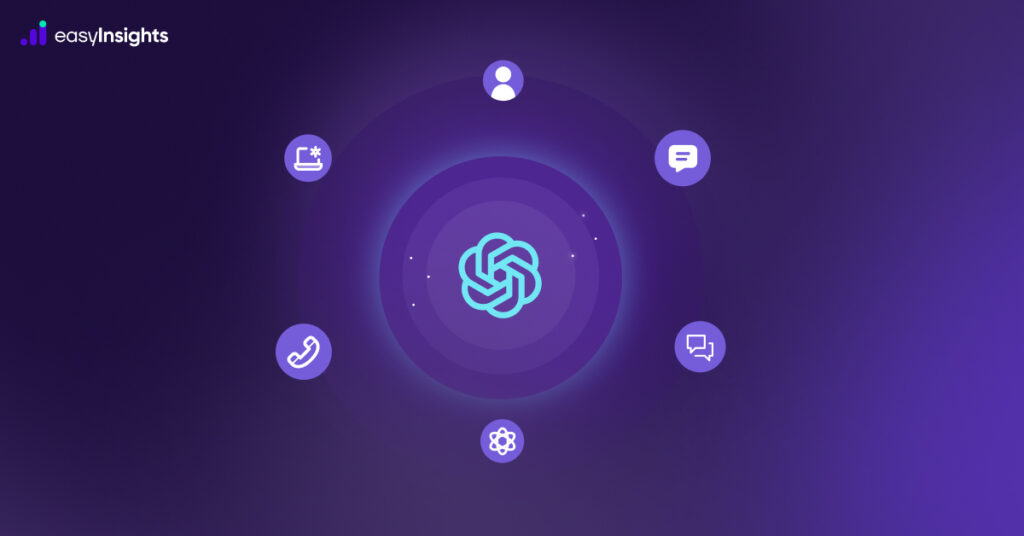
Imagine this: a customer starts a conversation with a chatbot on your website about a faulty product. The chatbot can’t resolve the issue, so it directs them to a phone number. The customer calls, waits on hold, and finally connects with a human agent… only to have to repeat their name, account number, and the entire problem from the beginning.
This frustrating, fragmented experience is the hallmark of a poor multichannel strategy. Omnichannel support, on the other hand, promises a unified, seamless, and context-aware journey for the customer, regardless of the channel they use. For years, this has been the holy grail of customer service. Today, Artificial Intelligence (AI) is no longer just a buzzword; it’s the powerful engine making true omnichannel support a reality.
This article explores how AI is fundamentally reshaping the omnichannel landscape, moving it from a theoretical ideal to a practical, powerful, and profitable strategy.
Jump ahead to:
The Challenge of Traditional Omnichannel Support
Before AI, achieving a true omnichannel experience was incredibly difficult. The primary challenges included:
- Data Silos: Customer data was often trapped in different systems, the CRM, the e-commerce platform, the social media management tool, the contact center software. There was no single source of truth.
- Inconsistent Experiences: The tone, information, and capabilities varied wildly between a chatbot, a social media team, and a call center agent, leading to customer confusion.
- Lack of Context: Agents often lacked the full history of a customer’s interactions, forcing customers to repeat themselves and leading to longer resolution times.
- Scalability Issues: Providing high-quality, 24/7 support across all channels with human agents alone is prohibitively expensive and difficult to scale.
AI directly addresses these core challenges, acting as the intelligent glue that binds the entire customer journey together.
Additional Reading: Omnichannel Marketing vs Multichannel Marketing
6 Ways AI Is Transforming Omnichannel Support
AI isn’t just one technology; it’s a suite of tools including machine learning (ML), Natural Language Processing (NLP), and predictive analytics. Here’s how they are making a tangible impact.
1. Creating a Unified, 360-Degree Customer View
At the heart of omnichannel is data. AI algorithms can instantly sift through and connect data from disparate sources.
- How it Works: AI-powered Customer Data Platforms (CDPs) can ingest information from a customer’s browsing history, past purchases, previous support tickets, and social media interactions. It then synthesizes this data into a single, comprehensive profile.
- The Transformation: When that customer contacts support, on any channel the agent (or chatbot) instantly sees their entire history. They know what the customer bought last week, that they were just browsing the FAQ page, and that they left an item in their cart. This enables a context-rich, personalized conversation from the very first second.
2. Powering Intelligent Automation with Conversational AI
AI-powered chatbots and voicebots are the frontline of modern omnichannel support. They have evolved from simple, keyword-based bots to sophisticated conversational agents.
- How it Works: Using Natural Language Processing (NLP), these bots can understand user intent, sentiment, and context. They can handle a vast range of routine queries, from order tracking and password resets to answering product questions.
- The Transformation:
- 24/7 Availability: AI provides instant support anytime, on any channel (website, WhatsApp, Messenger).
- Seamless Escalation: When a query is too complex, the AI bot can intelligently route the customer to the best-suited human agent, transferring the full conversation history and context so the customer never has to repeat themselves.
3. Enabling Proactive and Predictive Support
Why wait for a customer to have a problem? AI enables brands to move from a reactive to a proactive support model.
- How it Works: Machine learning models analyze patterns in customer journey to predict future needs or potential issues. For instance, AI can flag a customer who has repeatedly visited the “returns policy” page after a purchase or a user who is struggling to complete a step in the onboarding process.
- The Transformation: The system can then trigger a proactive intervention, like an outbound email with a helpful guide, a pop-up offering live chat assistance, or even a call from a support agent. This solves problems before they escalate, dramatically improving customer satisfaction.
4. Delivering Hyper-Personalization at Scale
Customers today expect personalized interactions. AI makes it possible to deliver this level of personalization to every customer, every time.
- How it Works: By leveraging the unified customer view, AI can tailor responses, recommend relevant products, and offer solutions specific to that user’s history and preferences.
- The Transformation: Instead of a generic “How can I help you?”, the conversation starts with, “Hi Sarah, I see your new XYZ blender was just delivered. Are you calling for setup tips or to register your warranty?” This level of personalization builds brand loyalty and makes customers feel valued.
5. Empowering Human Agents with AI-Assist Tools
AI isn’t here to replace human agents; it’s here to supercharge them. AI-powered “agent-assist” tools act as a real-time co-pilot.
- How it Works: During a live chat or call, AI listens to the conversation and provides the agent with real-time support. This includes:
- The Transformation: Agents can resolve issues faster and more accurately, reducing Average Handle Time (AHT) and boosting both agent and customer satisfaction.
6. Understanding Customer Emotion with Sentiment Analysis
Omnichannel communication is not just about what the customer says, but how they say it.
- How it Works: AI-powered sentiment analysis tools can analyze text and voice conversations to gauge the customer’s emotional state (e.g., frustrated, happy, urgent).
- The Transformation: This allows the system to prioritize tickets from highly frustrated customers, provides agents with insights on how to approach a conversation, and gives brands a high-level view of overall customer sentiment to identify widespread issues.
Additonal Reading: Omnichannel Marketing: What it is and why it matters
The Future is AI-Driven and Seamless
The integration of AI into omnichannel support is not a future trend, it’s happening now. Companies that embrace AI-powered strategies will build more efficient operations, foster greater customer loyalty, and create a truly seamless customer journey that sets them apart from the competition. By breaking down data silos and empowering both automated systems and human agents with intelligence and context, AI is finally delivering on the true promise of omnichannel support.
How EasyInsights Powers AI-Driven Omnichannel Support
One of the biggest challenges brands face today is fragmented data. Ads, analytics, CRM, and offline sales data often sit in silos, making it nearly impossible to get a unified view of the customer journey. Without this, true omnichannel marketing can’t exist.
That’s where EasyInsights comes in. Our platform is designed to bridge these gaps and empower marketers to deliver consistent, personalized, and data-driven experiences across every touchpoint. Here’s how we make it possible:
1. Unified Customer Journeys
Instead of juggling data from disconnected platforms, EasyInsights gives you a single, comprehensive view of every customer interaction – from the first ad click to the final purchase and beyond. This visibility allows you to understand where your customers come from, how they interact with different channels, and what ultimately drives them to convert.
2. Advanced Attribution Models
Traditional attribution often credits the last click, undervaluing the earlier touchpoints that shaped the customer’s decision. EasyInsights offers advanced attribution models – including multitouch attribution to assign credit accurately across the entire journey. This means you can invest smarter, optimize campaigns more effectively, and prove the true ROI of your marketing efforts.
3. Seamless Integrations
Omnichannel strategies require smooth data flow between systems. EasyInsights provides out-of-the-box integrations with leading ad platforms (Google, Meta, LinkedIn, and more), analytics tools, CRMs, and offline sources. This eliminates data silos and ensures every channel work s together, not in isolation.
4. Actionable Insights in Real-Time
Data is only powerful when it leads to action. EasyInsights delivers real-time insights into campaign performance, customer behavior, and channel effectiveness. With these insights, you can personalize experiences, fine-tune targeting, and optimize campaigns while they’re still running – maximizing impact.
Conclusion
AI is no longer a futuristic concept, it’s the engine making omnichannel support truly seamless, predictive, and personalized. From breaking down data silos to empowering human agents with real-time insights, AI transforms support from a reactive cost center into a proactive growth driver.
However, the success of AI-driven omnichannel support depends on one key factor: clean, unified, and actionable data. That’s where EasyInsights comes in. By consolidating data from every channel e-commerce, social media, CRM, and ads – into a single source of truth, EasyInsights equips AI tools and customer support teams with the context they need to deliver a frictionless, personalized experience at scale.
The takeaway is clear: AI + EasyInsights = smarter omnichannel support. Businesses that embrace this combination today will lead tomorrow – creating customer journeys that are unified, proactive, and deeply human despite the technology powering them.


